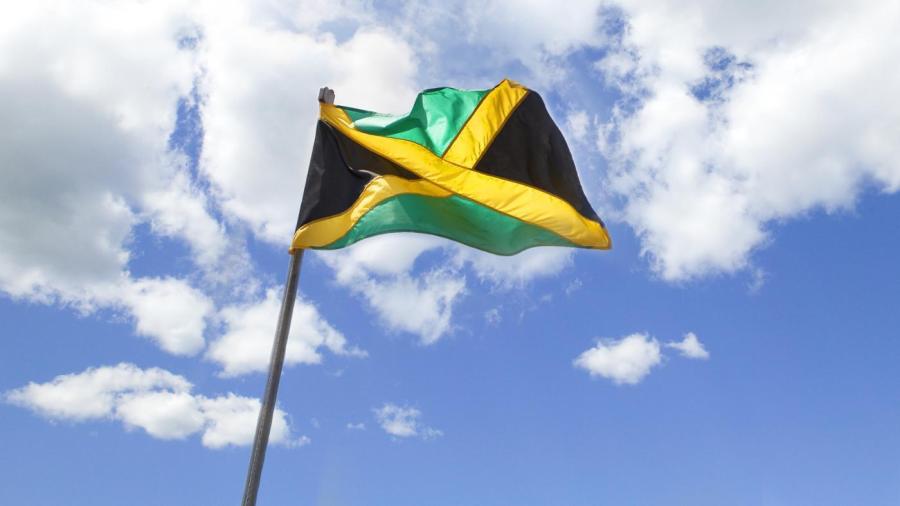What Do the Colors in Jamaica’s Flag Mean?

The gold in the flag of Jamaica stands for the sun, the green stands for the land and the black stands for the people. The flag first flew on August 6, 1962, the day of Jamaican Independence from the United Kingdom.
Members of the Jamaica House of Representatives were responsible for the flag’s design. The Jamaica flag consists of a golden, X-shaped saltire that divides the flag into four areas; the top and bottom triangles formed by the saltire are green, while the hoist and fly are black.
Earlier versions of the flag featured horizontal gold, green and black stripes. However, these were thought to resemble the flag of what was then the Republic of Tanganyika too closely.
When Jamaica was a colony, the flag always featured the Union Jack in the upper corner, as the Union Jack is the flag of the United Kingdom. The saltire in the new flag was possibly an acknowledgement of the Scottish ancestry of many Jamaicans. The Scottish flag features a St. Andrew’s cross, which resembles the saltire.
Though Jamaica is no longer a colony of Great Britain, it is still a member of the Commonwealth. As of 2014, its head of state was Queen Elizabeth II, who is represented by a governor general.





